Introducing Rakewell, Apollo’s wandering eye on the art world. Look out for regular posts taking a rakish perspective on art and museum stories.
‘I don’t wanna be buried / In a pet cemetery,’ sang the Ramones in 1989 – but perhaps today they might have changed their tune. According to a recent study published in the journal Antiquity, pet cemeteries are more hopeful places than ever before, with bereaved owners increasingly likely to affirm, on the graves of their dear departed, their conviction in a smooth transition to the animal afterlife.
The researchers believe that this is because we have become progressively less anxious of upsetting Christian orthodoxies since the Victorian era. While in the 19th century memorial stones bore humble, inoffensive epitaphs – ‘Topsey, loving friend’ – by the 1950s pet-owners had become more confident in their assertions of reunion in heaven.
All of which leads Rakewell on a trip down memorial lane, reflecting upon some of the more ostentatious monuments that have been erected in honour of furry familiars over the course of history.
Setting the standard here is Alexander the Great. Upon the death of Peritas – a mutt, myth has it, which defeated a lion and an elephant in battle – Alexander founded a city in its name, and erected a grand monument to its glory in the central square. Unfortunately both city and monument have vanished, but the name of Peritas lives on.
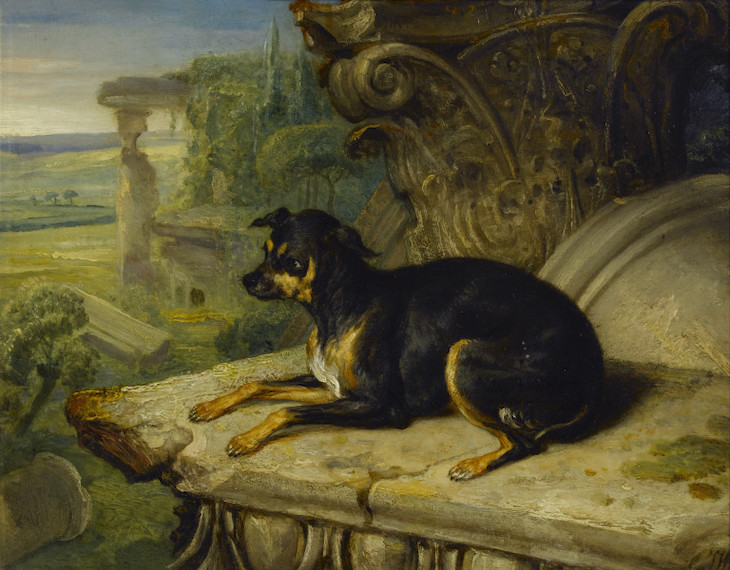
Fanny, a Favourite Dog (1822), James Ward. Photo: Sir John Soane’s Museum/soane.org
The beloved hound of Eliza Soane – Sir John Soane’s wife – was a dog of great classical learning; at least, if the famous painting by James Ward, depicting Fanny gazing pensively out over a Roman landscape atop a Corinthian column is anything to go by. Appropriately, upon Fanny’s death Soane inscribed a classical column with the Shakespearian epitaph ‘Alas, Poor Fanny’; you can still see it in the Monk’s Yard at the Soane’s Museum today.
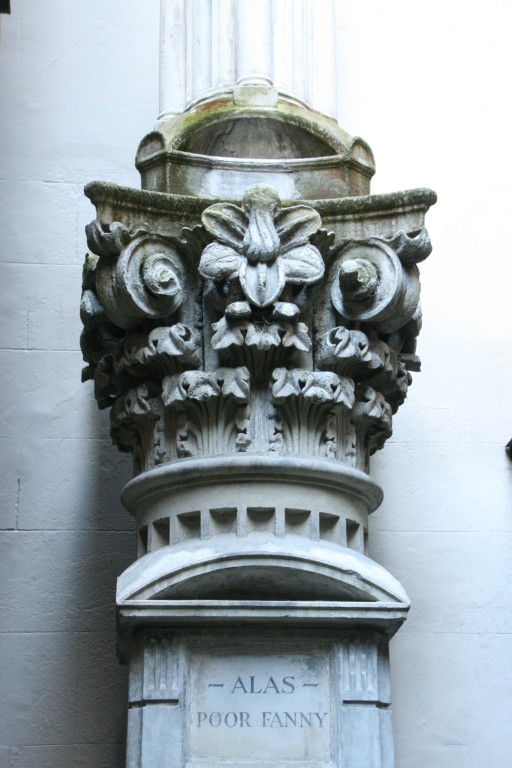
The memorial to Fanny in Monk’s Yard, Sir John Soane’s Museum, London. Photo: Sir John Soane’s Museum/soane.org
Peggy Guggenheim was so attached to her 14 Lhasa Apsos that she could not wait until the next world to be reunited with them; in the same plot in the courtyard of her Venetian palazzo, her ashes and theirs lie side-by-side, marked by twin plaques bearing her name and those of each of her ‘beloved babies’.
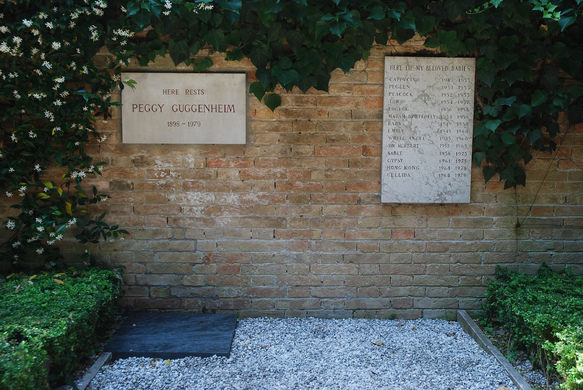
Peggy Guggenheim and her dogs’ graves. Photo: Rob Lee, published under a Creative Commons licence (CC by ND)
Greyfriars Bobby, a Skye terrier, was said to have guarded the grave of his owner in Greyfriars Kirkyard, Edinburgh, for 14 years until its own death in 1876; the following year, a statue of him by William Brodie was erected opposite the churchyard gates. The story has often been dismissed as myth – but the nay-sayers would do well to remember it’s not a one-off. A popular meeting spot in Tokyo is the bronze statue of Hachiko, outside Shibuya station, where this Akita dog came to meet its owner, Hidesaburō Ueno, after his commute home. After Ueno died in 1925, Hachiko continued to travel to the station every day for almost a decade, awaiting its master’s return.
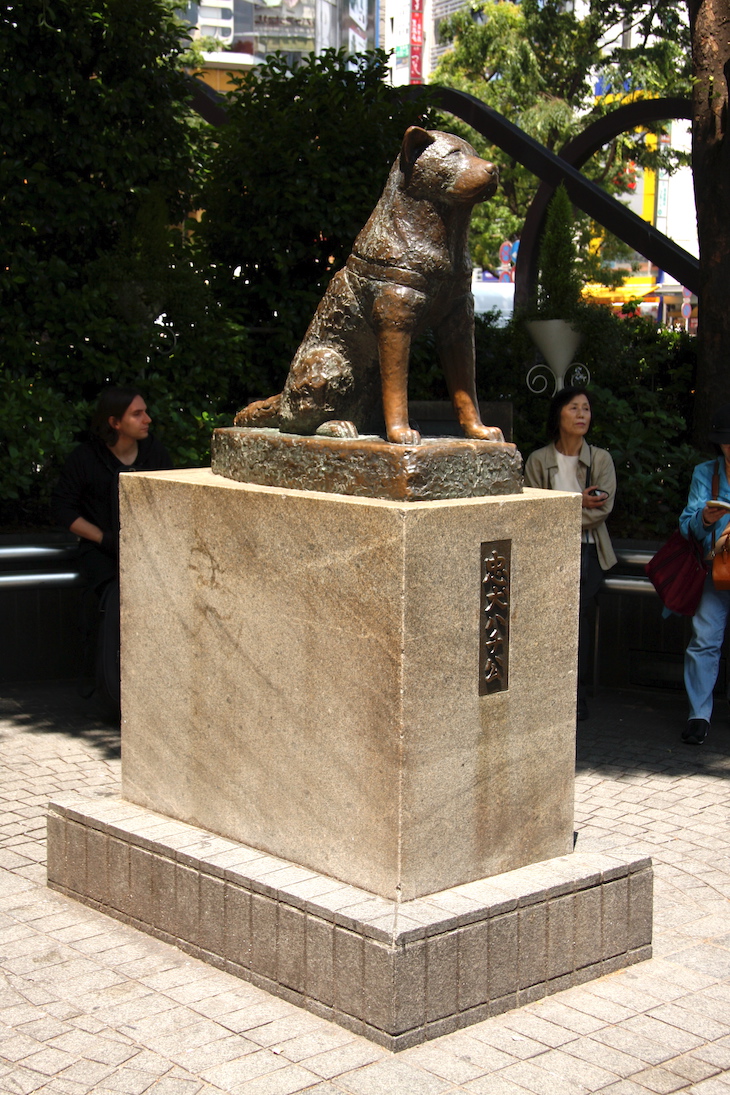
Statue of Hachiko in Tokyo. Photo: Blake Reed/flickr, published under a Creative Commons licence (CC-BY-NC-ND 2.0)
Perhaps the urge to preserve the memory of our pets comes from the conviction that, if the shoe were on the other paw, they would do the same for us.
Got a story for Rakewell? Get in touch at rakewell@apollomag.com or via @Rakewelltweets.
Unlimited access from just $16 every 3 months
Subscribe to get unlimited and exclusive access to the top art stories, interviews and exhibition reviews.


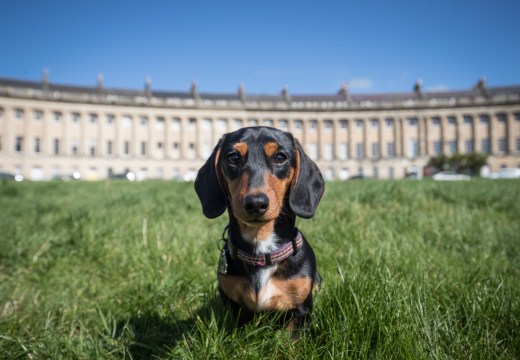

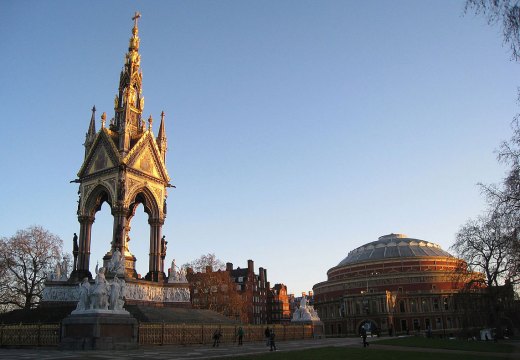









![Masterpiece [Re]discovery 2022. Photo: Ben Fisher Photography, courtesy of Masterpiece London](http://www.apollo-magazine.com/wp-content/uploads/2022/07/MPL2022_4263.jpg)
It’s time for the government of London to return to its rightful home